Singapore Airlines prides itself on representing Southeast Asian hospitality across the skies. The flag carrier of Singapore provides a crucial role in connecting the continents via its hub of Changi Airport. The airline uses its fleet of Airbus A350, Airbus A380, Boeing 737, Boeing 747F, Boeing 777, and Boeing 787 aircraft to conduct its services on more than 100 routes worldwide.
A Star Alliance member since 2000, the airline also uses its robust portfolio of partnerships to ensure its passengers remain well connected around the world. While the name of Singapore Airlines debuted in the 1970s, the carrier's history traces back to the creation of Malayan Airways Limited in 1947.
This airline became Malaysian Airways Limited in 1963 before taking on the name of Malaysia-Singapore Airlines Limited in 1966. Singapore Airlines began operations under its current moniker in 1972, going on to become a global powerhouse and achieving numerous awards thanks to its welcoming service.
Quality from the start
The Ocean Steamship Company of Liverpool, the Straits Steamship Company of Singapore, and Imperial Airways came together in May 1947 to incorporate Malayan Airways Limited (MAL). The region where this outfit started flying was the recently-formed Malayan Union, which was a combination of the Malay states and the Straits Settlements of Penang and Malacca.
Stay informed: Sign up for our daily and weekly aviation news digests.
The Federation of Malaya was formed in 1948, undergoing several transitions in the following years. Meanwhile, the airline's emphasis on hospitality has been evident from the beginning. This could be seen as early as the 1950s:
“Four new DC-3s are added to the fleet. Iced water isn’t the only item on the inflight menu anymore. We serve a choice of hot, cold and alcoholic beverages, as well as sandwiches, biscuits and cold cuts. We introduce the original “female pursers”, who pave the way for the Singapore Girl some twenty years later.” - Singapore Airlines, about operations between 1951 and 1952.
The Federation of Malaysia was formed on September 16th, 1963. As a result, Malayan Airways changed its name to Malaysian Airways. This outfit also took over Borneo Airways, which was founded in the mid-1950s.
There was another political shift in the 1960s, when Singapore separated from the federation. As a result, due to operating across both regions, Malaysia Airways changed its name to Malaysia-Singapore Airlines (MSA). Flying as the flag carrier of both Malaysia and Singapore, the airline expanded well throughout the remainder of the decade, taking on its first Boeing aircraft in the form of the 707 and 737.
The airline industry is always full of new developments! What aviation news will you check out next?
Forming its own path
After launching flights to the United States a few years beforehand, 1972 saw the launch of two names that are still influential forces today. Malaysia-Singapore Airlines split to form both Singapore Airlines and the Malaysia Airlines System, with operations of both commencing on October 1st. Notably, the Malaysia Airlines System also still flies today, under the brand of Malaysia Airlines.
With this new beginning, the operator marked the year of the rebranding with the arrival of the Boeing 747. This aircraft would become synonymous with Singapore Airlines' operations in subsequent decades. The company even built a special hangar for the type in 1977. It wasn't only the Queen of the Skies to join the airline's fleet during this period, as it saw the 727 and DC-10 become part of the family.
The widebody adventures continued into the 1980s. The airline's first Airbus A300 took to the skies for the first time in 1981. The European twinjet flew to Jakarta and Kuala Lumpur on its initial routes. Two years later, Singapore Airlines' 747-300 crossed the Pacific to Los Angeles via Tokyo for the first time. This was the same year that the carrier opened its official corporate headquarters in Changi.
Closing out the millennium
After the arrival of the Airbus A310 and Boeing 757, Singapore Airlines continued making significant steps to transition with the industry heading toward the end of the 20th century. Regarding its activity in 1989, the carrier stated:
“Tradewinds, a subsidiary of Singapore Airlines, is announced in February as Singapore’s second airline. It has since become SilkAir, and grown its flight network to more than 30 destinations across Asia and in Australia. We’re the first airline to send a Boeing 747-400 commercial flight from Singapore across the Pacific.”
Singapore got the 1990s going with the opening of Changi Airport's Terminal 2. There was also a series of fleet renewals as the airline expanded, such as the $10.3 billion order for 22 747-400 and 30 A340-300 jets in 1994. This was followed by the order for 77 777s in 1995, which was worth even more, valued at $12.7 billion.
The carrier also finished the century with a $2.2 billion order for 10 A340-500 aircraft. This model would allow Singapore Airlines to inaugurate the first nonstop commercial route between its home country and the US in 2004.
Continuing its trend of experimenting with widebody aircraft, Singapore Airlines made history when it introduced the Airbus A380 to passengers on October 25th, 2007. This behemoth flew commercially for the first time between Singapore and Sydney. This inaugural flight had 455 passengers and 30 crew members onboard.
Adapting over the decades
In addition to Airbus A330s in 2009, the fleet additions kept coming in the 2010s. Singapore Airlines flew its A350-900s for the first time in 2016. Initially, flights were to the likes of Hong Kong, Kuala Lumpur, and Jakarta, but the twinjet began long-haul operations to the likes of Amsterdam from May that year. Other arrivals included the Boeing 787 Dreamliner, which first arrived in May 2018.
The pandemic wasn't kind to most carriers, including Singapore Airlines, and it reported a $3.2 billion loss for the 2020/21 financial year. Nonetheless, the operator has adapted to numerous shifts during its extensive operational history, and it will use its expertise to overcome the challenges in this next chapter.
Singapore Airlines' current fleet
We'll conclude by taking a look at the current state of affairs at Singapore Airlines in terms of its fleet and network. According to data from ch-aviation.com, the carrier operates 112 routes to 79 destinations in 36 countries. As far as aircraft are concerned, it presently has 152 jets, of which 120 (79%) are active. More specifically, Singapore Airlines' fleet consists of the following models:
- Airbus - A350-900 (52), A350-900ULR (7), A380-800 (17).
- Boeing - 737 MAX 8 (14), 737-800 (9), 747-400F (7), 777-200ER (5), 777-300ER (26), 787-10 (15).
Going forward, the carrier will add to its narrowbody fleet with 23 more orders for the Boeing 737 MAX 8. As far as widebodies are concerned, Singapore Airlines presently has six A350-900s, 31 777-9s, two 787-9s, and eight 787-10s on order.
What are your thoughts about the history of Singapore Airlines? What do you make of the company's journey over the years? Let us know what you think of the carrier and its operations in the comment section.

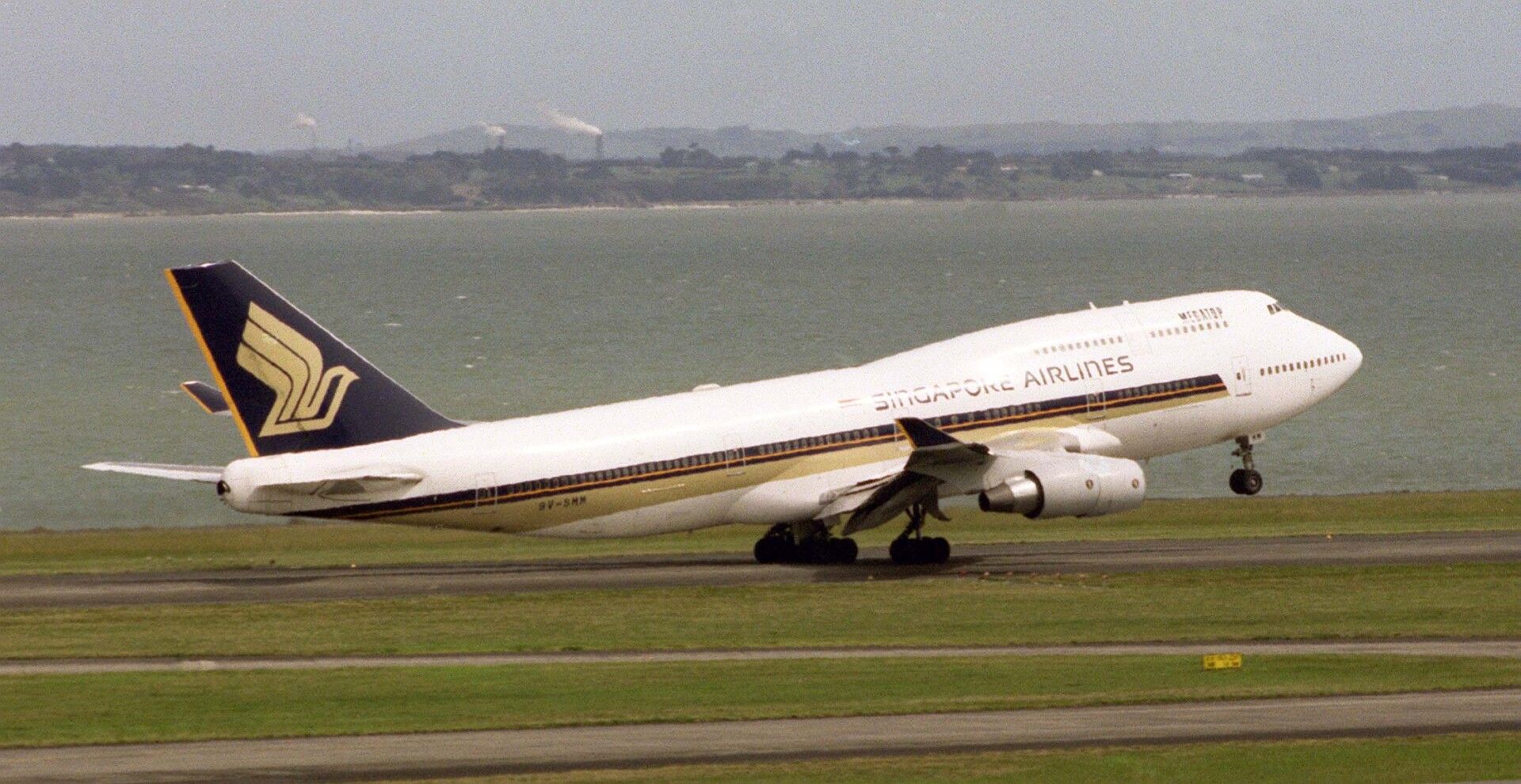
.jpeg)
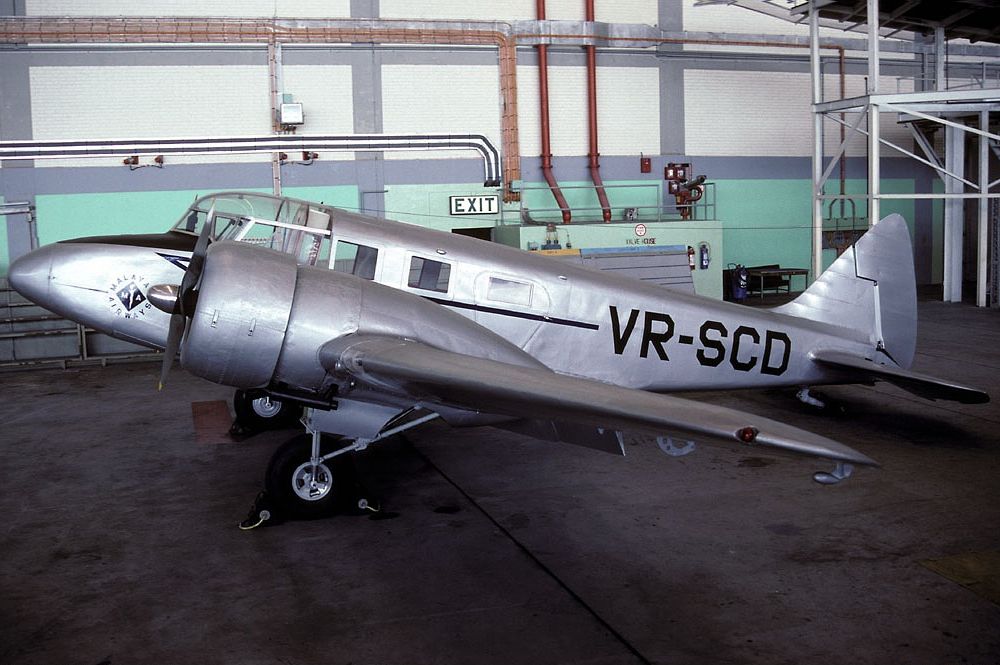
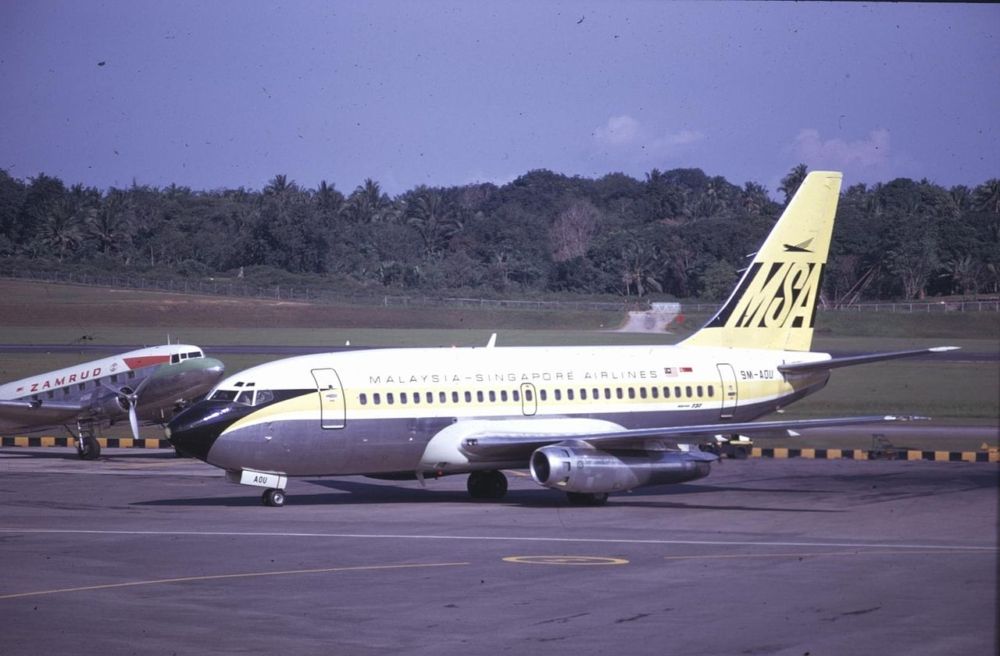
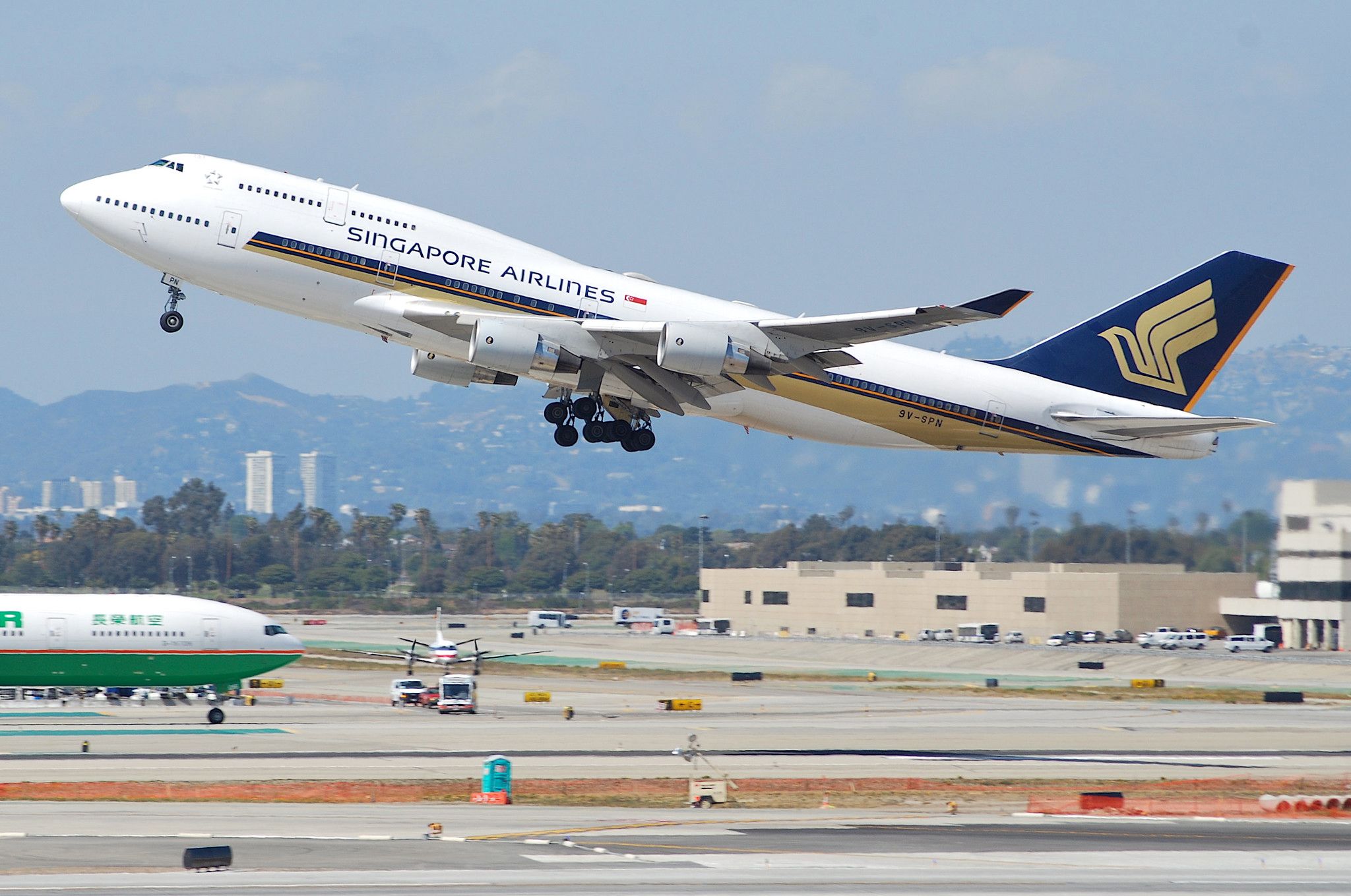
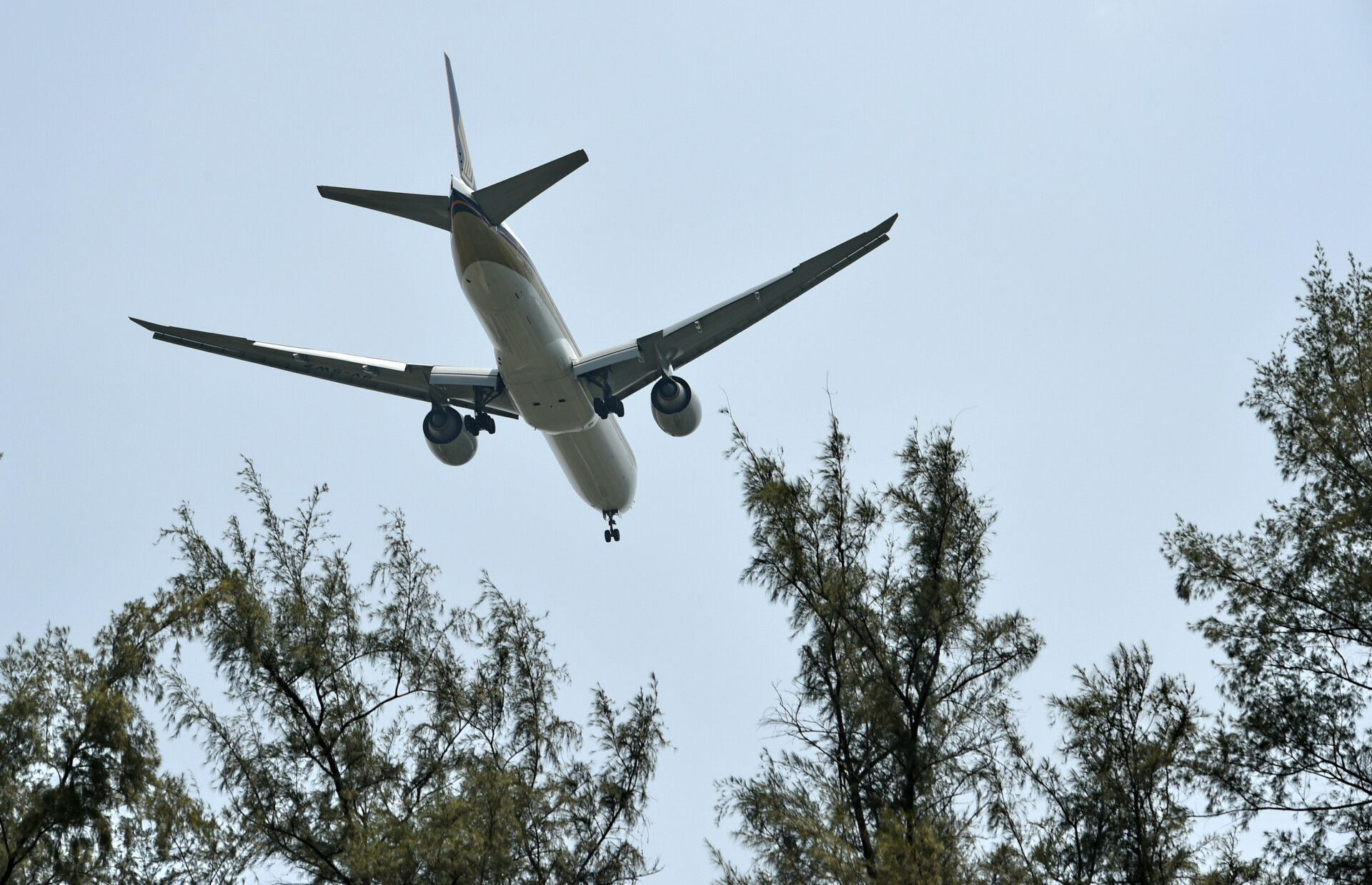
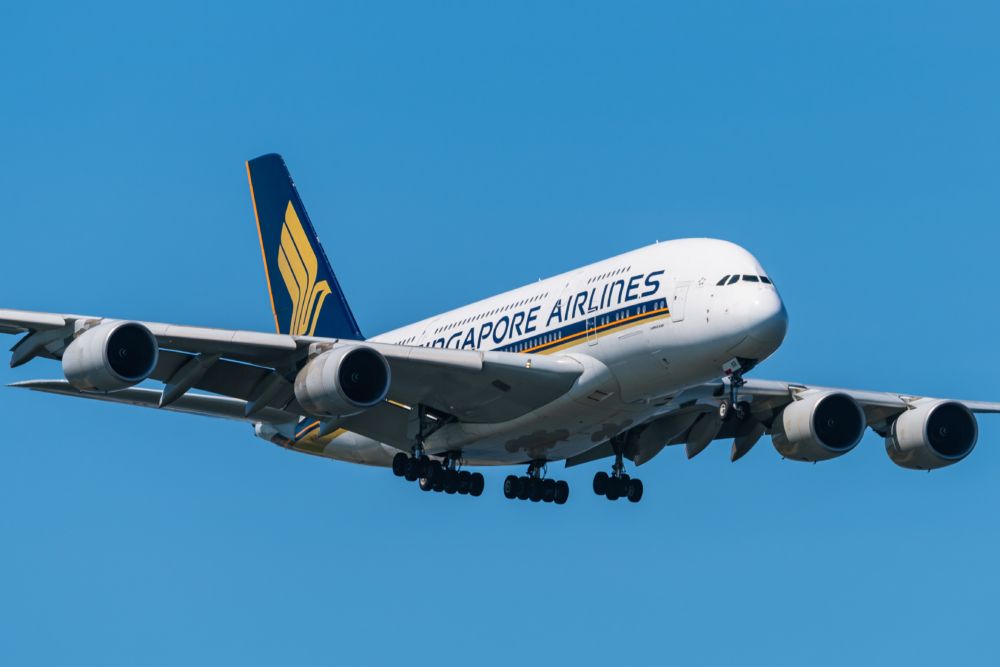
.jpg)